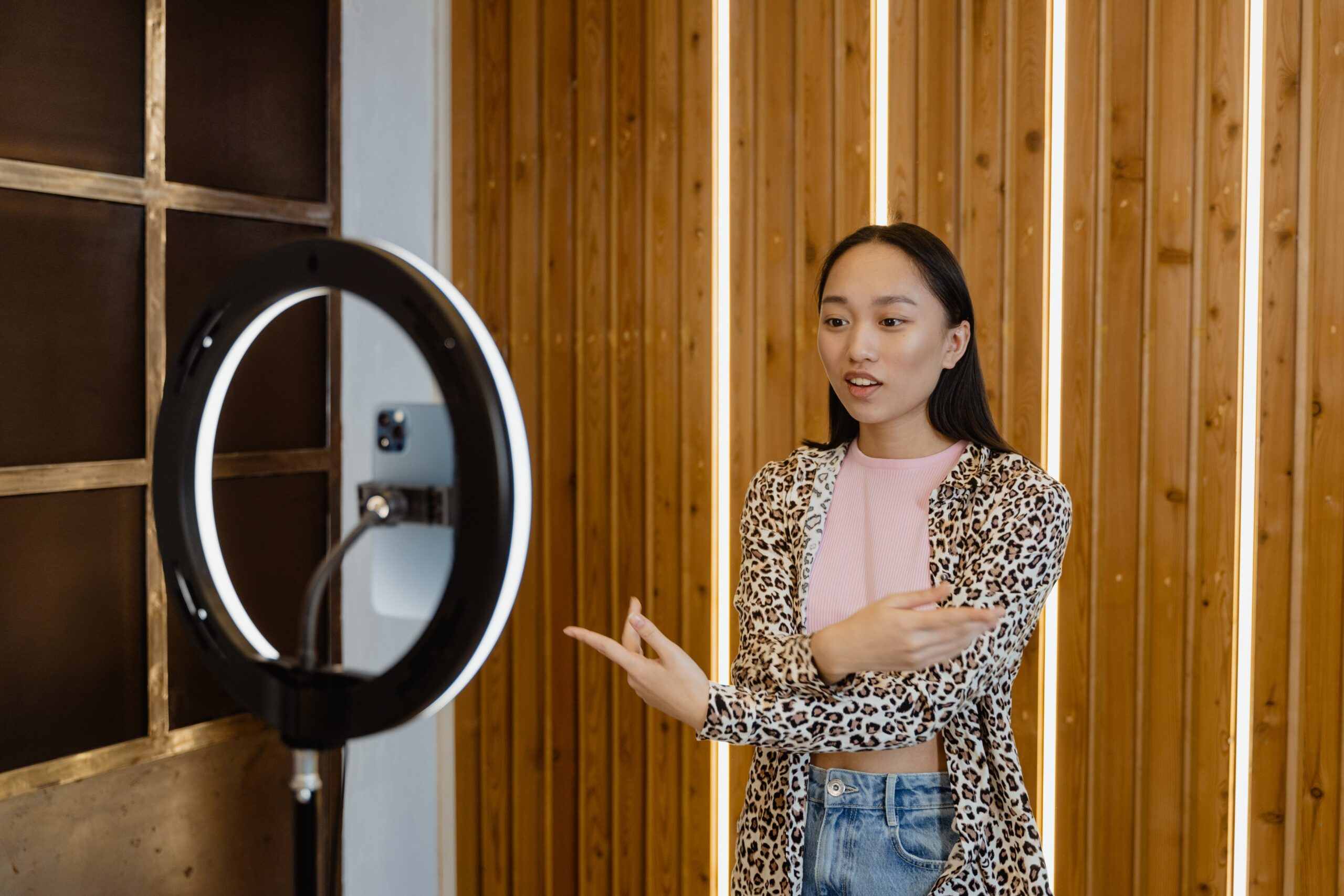In today’s marketing environment, it’s becoming increasingly difficult to stand out from the crowd and earn attention from your target audience. In fact, 76% of consumers who have searched online have also clicked on Google ads in the last year. Clearly, if you want to succeed in digital marketing, you need to get Google Ads working for you!
In this guide, we’ll cover everything you need to know about Google Ads and its benefits—from setting up an account and choosing a bid type to writing compelling ad copy and optimising your settings so you’re always getting the best possible performance from your campaigns.
Setting Up Your First Ads Account
The first step of advertising on Google is setting up an account.
This process is straightforward; you simply need to provide some basic information and choose a payment method. You can then link your website or social media accounts and set up your first campaign.
If you’re familiar with AdWords, Google’s other advertising platform, some of these settings may look familiar. Otherwise, don’t worry; we’ll break down everything in a moment!
1. Understanding Google’s Network Structure
Network structure describes how your ads are related in terms of when they’re shown, how often they’re shown, and which audiences see them.
Knowing a bit about ad networks can be very useful because it will help you get a sense of where your advertising dollars are going.
You should take into account that there are generally two types of ad networks: performance-based and auction-based.
2. Set Up Conversion Tracking
First, you need to set up conversion tracking in Google Analytics. Conversion tracking allows you to see how many people visit your site and how many of those people take a specific action.
For example, if you want people to purchase something after clicking on an ad (e.g., signing up for your e-mail list), then conversion tracking is essential.
3. Bidding Strategies
You have two options when it comes to setting your daily budget, maximising potential revenue for your ads.
You can select Max CPC (cost per click) bidding, which allows you to control how much you’re willing to pay for each click on your ad.
Or if you want more control over where exactly your ad shows up, choose manual CPC bidding.
4. Expense Control
Creating a budget is an integral step in learning how to manage money effectively.
By creating a budget, you’ll have more control over your expenses and your spending will be more predictable. This means you’ll spend less money on impulse buys and spend less time fretting about where your money went at month-end.
A budget also teaches discipline, which comes in handy for many other aspects of life (from saving for retirement to eating healthy).
Benefits of Google Ads
Google Ads helps businesses of all sizes and budgets promote their products and services.
Whether you’re a startup looking for your first customers or an established company trying to reach new audiences, it offers great options to help you grow.
With Google Ads, you can:
- Target your ideal customer at scale with text ads, right alongside search results.
- Showcase your products and services with visual display ads that grab attention wherever they appear online, including on mobile devices.
- Connect with your audience by showing them how-to videos related to your business on YouTube and within Google search results.
So now you know how Google Ads works, it’s time to start putting all of these pieces together and taking action.
Try out different keywords, see what results they drive, and tweak your campaigns based on those results. As long as you know your budget and you’re tracking conversions correctly, there is no limit to what you can do with Google Ads.
For the best return on investment (ROI), you can leave your PPC marketing in the able hands of First Page Singapore, a reliable Google Ads agency known for running data and result-driven ad campaigns for satisfied clients. Get in touch with us today to learn more!

















